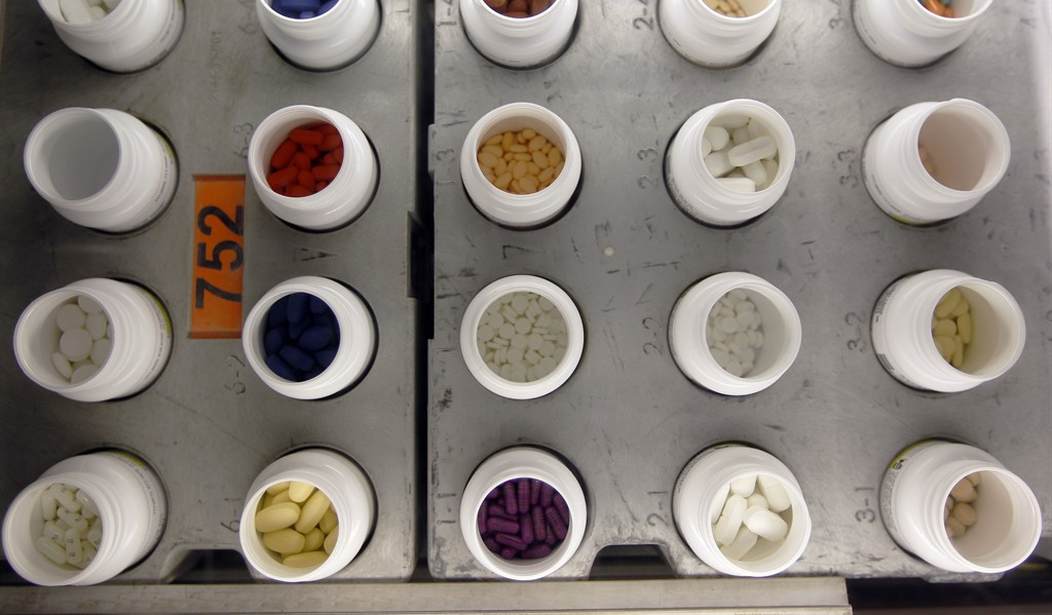The federal government recently announced the actual prices on the first 10 drugs subject to price caps created by the Inflation Reduction Act (IRA) for the Medicare program. According to the Biden administration, these 10 drugs have cost Medicare approximately $50 billion, or about 20 percent of Medicare drug spending. With these price caps, the administration estimates that Medicare will save $6 billion. However, this number is very likely inflated – as many of these products currently entail significant discounts for Part D plans and other drugs will see their patents expire and costs will plummet, which the administration seems not to consider. However, what is certain is that these price caps will, within a few short years, impact 60 of the most heavily-prescribed drugs, and soon revenue losses for drug makers will be significant, causing enormous damage to the life sciences sector.
There are dire consequences that have been set into motion both near and long term from this policy, known commonly as the Medicare Drug Price Negotiation Program, especially the stifling of innovation. Price ceilings will only limit the number of medicines for Americans.
One recent study from University of Chicago economists estimated that because of IRA price controls, between now and 2039, pharmaceutical company revenues will be reduced by 31 percent. That same study concluded that these revenue reductions will lead to 135 fewer new drug approvals because of reduced R&D spending. In Venezuela, Cuba, and the former Soviet Union, the world has broad and deep experience with the fallout from price controls – the result is always scarcity. Just as price controls on bread cause bread lines, price controls on drugs will bring fewer medicines.
Revenue reductions of this size will create a damaging earthquake for American life sciences research and development (R&D). We should first recognize that when pharmaceutical revenues are reduced, the fastest way for a company to save money is to reduce R&D. It is simple and quick to cancel an expensive clinical trial, whereas closing a manufacturing site takes years and numerous government filings involving labor reductions and environmental consequences.
Recommended
Second, it should be recognized that these reductions will not only harm large pharmaceutical companies but also ripple through the entire life sciences ecosystem. Investors will shy away from financing certain small biotech start-ups because of how various IRA provisions will reduce future profitability. Venture and hedge funds will certainly reduce their life sciences investments. Even non-profit institutions, such as academic medical centers will see greatly reduced revenues from fewer clinical trials. Hospitals secure about $200,000 for each patient in a clinical trial. All the vendors who serve the R&D community will also witness a downturn. Real estate and lab space will suffer a loss of value.
The beauty of the life sciences sector is that the intensive R&D environment created lots of very lucrative positions for highly educated scientists. The vulnerability of this economic sector is that when R&D is reduced, employment opportunities for this group of scientists atrophy.
That said, the pain will not be uniform. Companies that have a portfolio of drugs for the elderly, i.e. those on Medicare, will be more vulnerable than those who are researching drugs for the young. Companies that are researching so-called small molecule drugs for cancer or neurology will be more vulnerable than those researching biologic drugs, as price controls come much sooner after approval by the Food & Drug Administration for those drugs. Even generic drug makers may be vulnerable because, as the government pushes down the prices of all major drugs, generic drug companies are very likely to see reduced profits.
Price controls will also have certain unintended consequences. For example, the IRA requires drug companies to rebate back to Medicare any price increases above the inflation rate. This “inflation penalty” will prompt drug makers to set higher prices when a drug launches because price increases will not be possible if a drug proves more effective than expected.
While the economic consequences will likely be severe, it is the diminution of medical innovation that will be most damaging. We are currently in a golden age of medical discoveries. There is no other period in human history that can match the current breakthroughs happening in our nation’s medical laboratories. Genetic and personalized medicine are holding out hope for cures to terrible diseases that have plagued human beings since the beginning of time. It is the height of tragedy that the government has chosen to throttle medical research in this age of discovery.
William S. Smith, PhD, is Senior Fellow and Director of the Life Sciences Initiative at the Boston-based Pioneer Institute.

























Join the conversation as a VIP Member